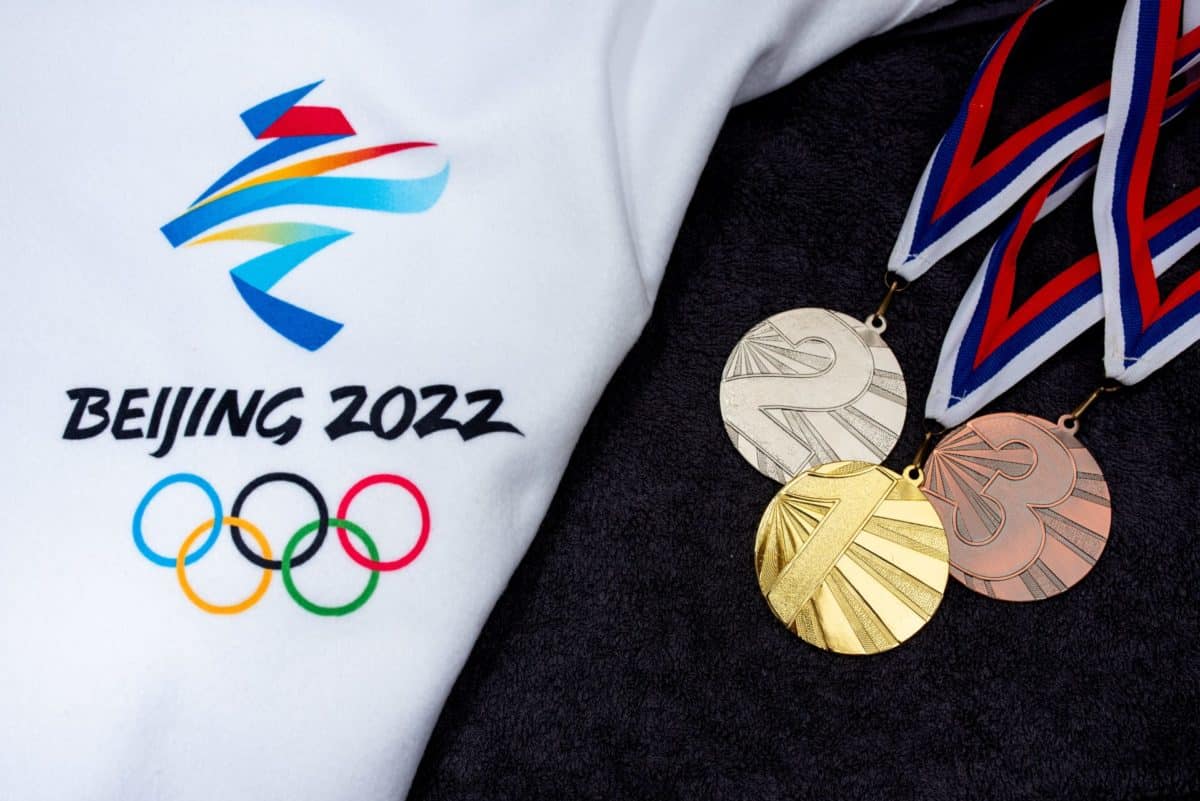Practice and repetition are the foundation of success
You’ve heard the whole 10,000 hours theory, right? Well, the theory itself may have been debunked, but that doesn’t mean that there isn’t some truth in it. If you want to master any particular skill, there’s no denying that grit, determination, repetition and practice in a practical setting will improve your skills.
Olympians put in thousands of hours over their four year training cycles in the run up to the games. They will do the same routines, the same runs, the same intricate maneuvers again and again. Because the more they do it, the more it becomes muscle memory. It simply becomes habitual.
At Attensi, we’ve made it our business to know a lot about the impact of repetition and its effect on training. We now know that if we train at something just once, we’ll probably have forgotten as much as 80% of the material after a month has gone by.
How then, do you encourage this vital repetition in the workplace? Regulation and compliance training may not quite provide the same adrenaline rush as a cross country sprint ski event.
Listen to Ferdinand and make it fun
We think Ferdinand Dahl touched on a key point here: Fun.
When you can add some healthy competition and fun into your training, you’ll often find it’s a lot easier to encourage your team to revisit scenarios more than once.
Gamified simulations are what we do at Attensi. They’re our cross country skiing. It’s what we put our thousands of hours into perfecting.
We apply gaming principles to dialogue and storytelling and realistic avatars. Suddenly, your team isn’t just sitting in a classroom anymore, they’re getting involved, making mistakes and chasing high leaderboard scores. All the while, they’re gaining that magic ingredient – confidence.
When you read that back – who’s to say whether you’re talking about your top salesperson or an Olympian?
Making mistakes is part of the journey
Mistakes. Challenges. Obstacles. We all have them. And they’re a critical part of any learning journey. They ultimately make us stronger and wiser. Any Olympic ice skater will tell you they’ve probably spent more time on their backside on the ice having fallen than they have running their program.
Sverre Lunde Pedersen knows this more than most. Just last May, he was involved in a nasty bicycle accident, sustaining a number of injuries. But what did he do? He turned up to practice in a neck brace and started again. His hard work ultimately paid off when he and his team mates took home the gold.
“The last six months have been good, but before that there was only one focus, to get well. I started at zero in August. Have had a good apparatus around me, and without a supportive family this would not have happened.”
Sverre Lunde Pedersen
Part of what makes gamified simulation training the success that it is, is the ability for players to make as many mistakes as they need before they can solve the problem in front of them. The best part? Zero real world consequences.
Particularly in areas such as healthcare or banking and finance where mistakes could have disastrous consequences, this is an extremely valuable tool.
Learn by doing
There’s only so long someone on a bobsleigh team can discuss the theory of bobsleigh. At some point, they just have to get in and see what happens. We apply the same principles to our simulation training.
It’s one thing to be able to tell a new recruit how to use a new piece of equipment, but if you can show them, it’s so much more impactful. You didn’t learn to read by someone telling you over and over again how to do it. Eventually, you had to pick up the book yourself and get going.
Whether you’re an elite athlete or the top of your game in the workplace, raw talent can only get a person so far. Work ethic, grit, determination, and practice have to play their parts too.
At Attensi, we’re passionate about bringing gamified simulation training solutions to organisations around the world. From retail and healthcare to manufacturing and professional services, we can all follow the same principles to improve our skills.
Top your very own medal table. To speak to one of our expert team about arranging a demo, get in touch with us now:





